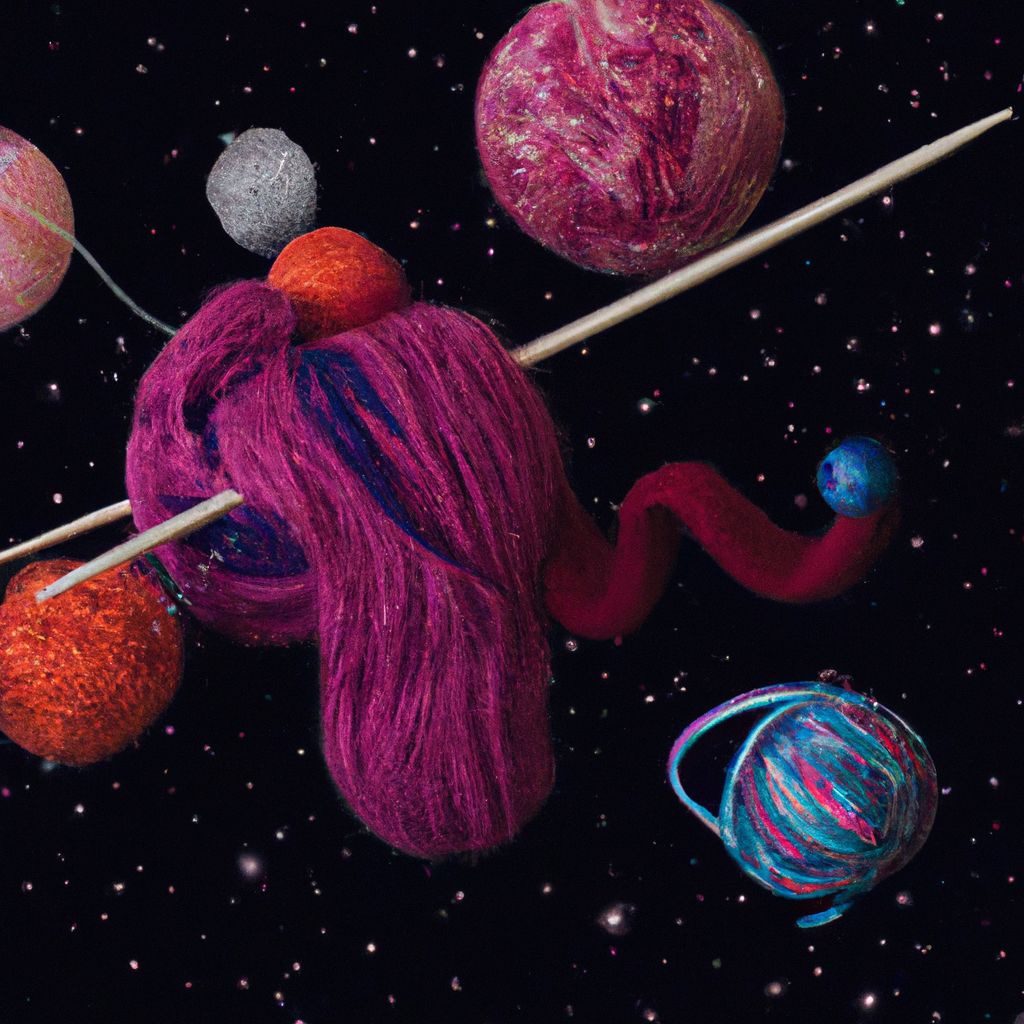- Introduction to Knitting
- Knitting Essentials: Tools and Materials
- Understanding Knitting Patterns
- Basic Knitting Techniques
- Advanced Knitting Techniques
- Knitting Tips and Tricks
- Knitting Project Ideas
- Resources for Further Learning
Introduction to Knitting
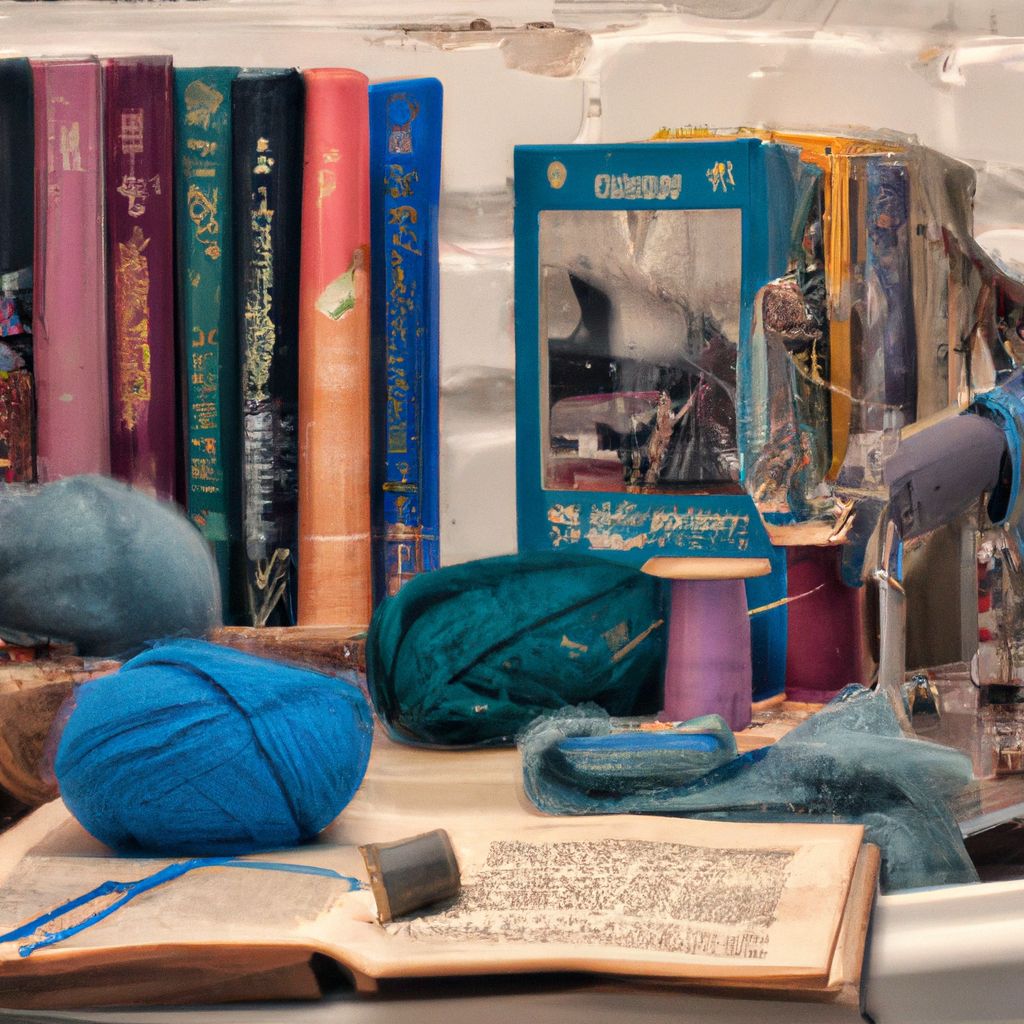
Introduction to Knitting
Knitting, a timeless craft that has been passed down through generations, is as diverse and creative as the individuals who practice it. It is a form of craftsmanship that involves creating fabric from yarn or thread using two needles. The basic concept entails making loops and pulling new loops through existing ones.
A Brief History of Knitting
Knitting's roots can be traced back to the Middle East in the 5th century, gradually spreading to Europe by the 14th century. It was initially a male-only occupation; guilds of master knitters were commonplace. However, with the advent of the knitting machine in the 1589, knitting by hand became more of a domestic activity rather than a trade.
Benefits of Knitting
Knitting is not just a hobby; it offers a range of benefits. According to a survey conducted by The Craft Yarn Council, 94% of respondents felt more relaxed due to knitting. Additionally, 92% of participants reported that knitting helps them express their creativity.
Knitting can bring a sense of calm, stimulate brain activity, improve dexterity, and even contribute to personal self-esteem and confidence.
Types of Knitting
The art of knitting has evolved over centuries and now includes various techniques such as hand knitting, machine knitting, and loom knitting.
- Hand Knitting
- This is the most traditional form of knitting and the one many of us are most familiar with. Here, the knitter uses two needles and a ball of yarn, creating fabric by making and connecting loops or stitches.
- Machine Knitting
- Machine knitting is a more modern approach where a knitting machine is used to produce knitted fabrics. The machine can create patterns and designs more quickly than hand knitting, which is useful for commercial purposes.
- Loom Knitting
- Loom knitting, a form of knitting that uses a loom instead of needles, is particularly suitable for beginners or those with arthritis as it requires less hand dexterity. The process is generally quicker and easier to learn.
Knitting Essentials: Tools and Materials
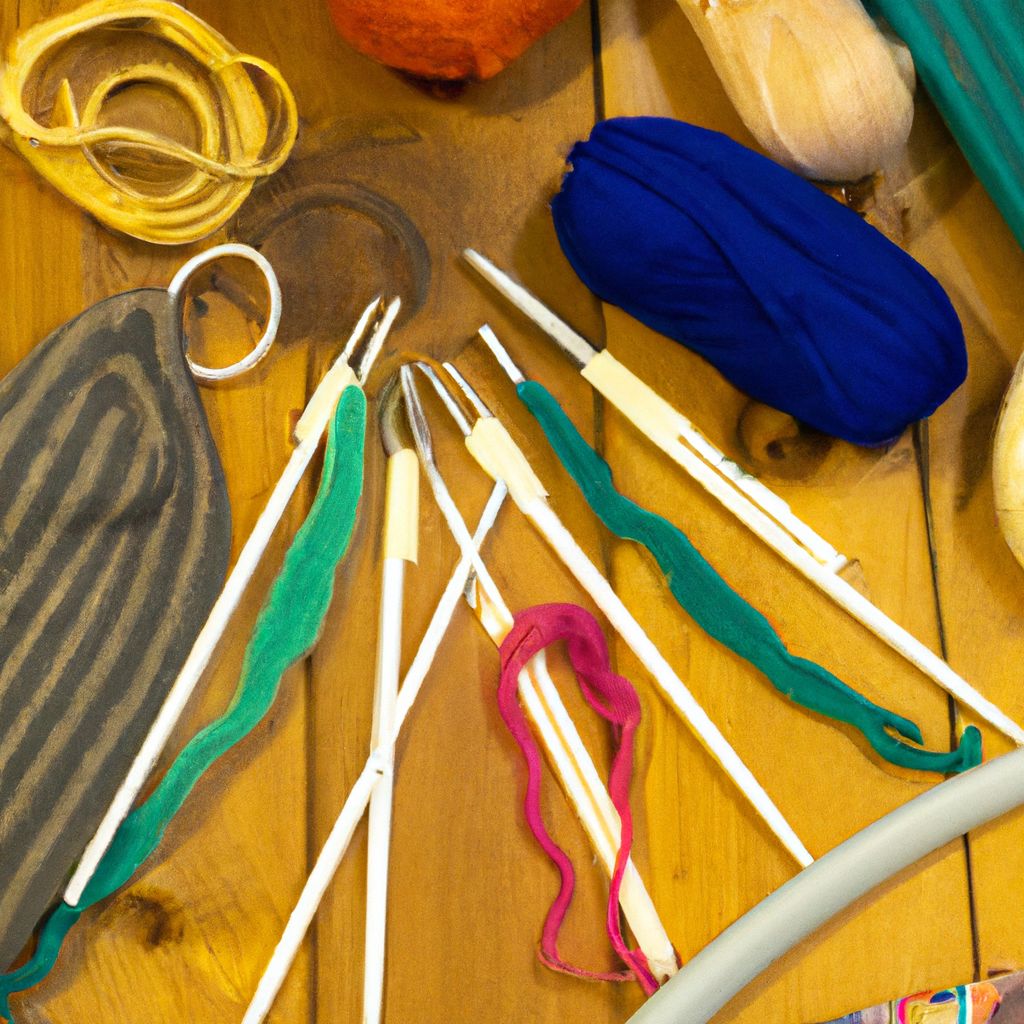
Knitting Essentials: Tools and Materials
Before you can embark on your knitting journey, you'll need to equip yourself with the right tools and materials. These range from the basics like knitting needles and yarns, to more specialized items such as stitch markers, tapestry needles, and knitting gauges.
Knitting Needles
Knitting needles are the primary tool in knitting. They come in various sizes and materials, each suited to a particular type of project.
- Straight Needles: These are the most common type, ideal for flat projects like scarves and dishcloths.
- Circular Needles: These are two knitting needles connected by a flexible cable, perfect for creating items in the round like hats or socks.
- Double Pointed Needles: These needles have points at both ends and are typically used for smaller circular projects.
Yarns
Yarn is the heart of any knitting project. It comes in a vast array of colors, textures, and fibers, allowing you to create items that are as unique as you are.
- Acrylic Yarn: This is a synthetic, cost-effective, and durable yarn, ideal for beginners.
- Wool Yarn: Wool is a natural fiber that's warm and elastic, excellent for winter garments.
- Cotton Yarn: Cotton is breathable, absorbent, and machine-washable, making it perfect for summer wear and home accessories.
Additional Knitting Accessories
Other knitting accessories can streamline the knitting process and make your projects more professional.
- Stitch Markers:
- These help you keep track of your stitches and pattern repeats.
- Tapestry Needles:
- These needles with large eyes are used for weaving in yarn ends or seaming knitted pieces together.
- Knitting Gauges:
- These tools help you measure your needle size and check your stitch count, ensuring your projects turn out the correct size.
With these essentials at your fingertips, you'll be well-prepared to start your knitting journey.
Understanding Knitting Patterns
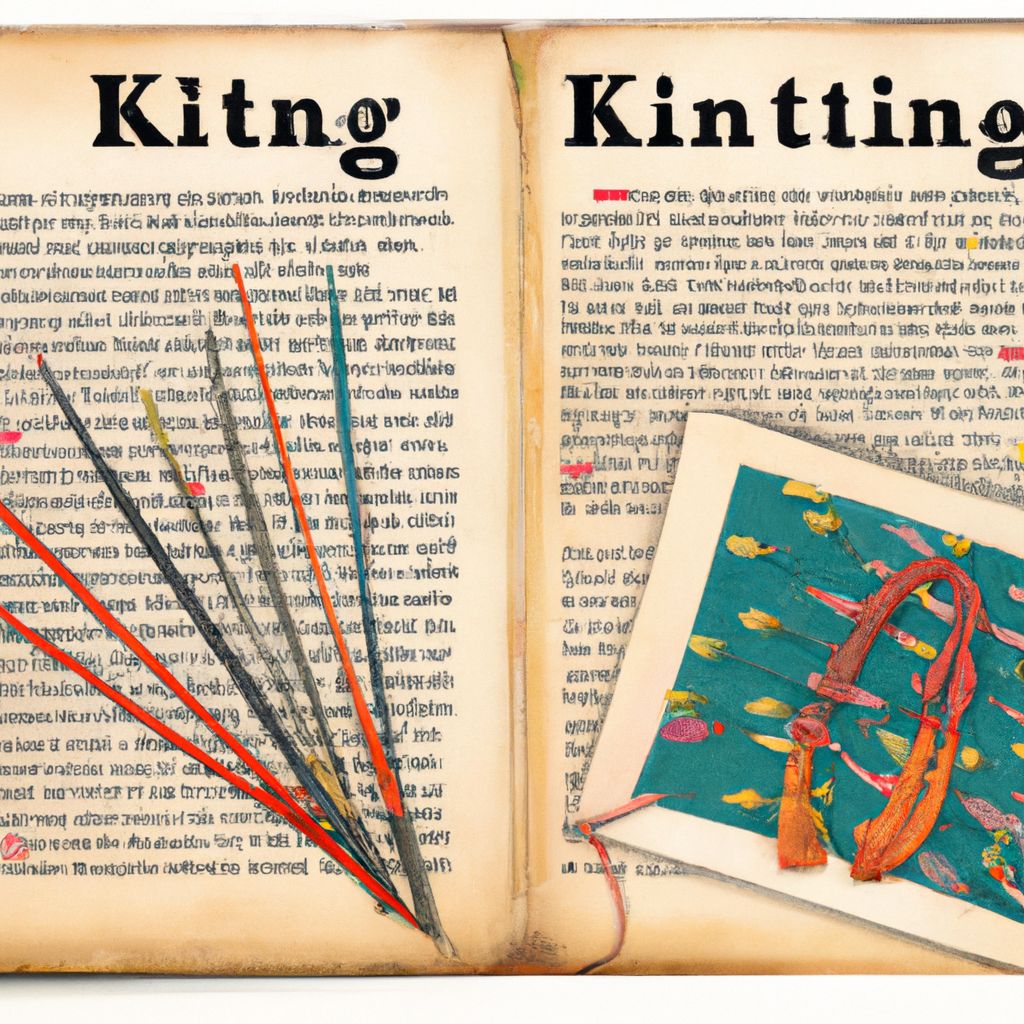
Understanding Knitting Patterns
Knitting patterns are essentially the blueprint for your knitting project. They contain instructions on how to create a specific item, including the type of yarn, the size of the needles, the knitting techniques used, and the number of stitches and rows needed.
How to Read a Knitting Pattern
Reading a knitting pattern can initially seem like deciphering a foreign language. However, most patterns follow a standard format.
- Title and Description: The pattern will usually start with the name of the project and a brief description of the finished item.
- Materials: This section lists the type and quantity of yarn, the size of the knitting needles, and any additional tools required.
- Gauge: This indicates the number of stitches and rows per inch that the designer used in the sample. Matching this gauge ensures your finished item will be the same size as the designer's.
- Abbreviations: Patterns often use abbreviations for common knitting terms. For example, "K" stands for knit, "P" stands for purl, and "st" stands for stitch.
- Instructions: This is the main body of the pattern, providing step-by-step directions for creating the item.
Finding Knitting Patterns
Knitting patterns can be found in numerous places. Many knitting books and magazines offer patterns, as do websites and online forums dedicated to the craft. Additionally, local yarn shops often provide patterns, especially for the yarns they sell.
A Simple Knitting Pattern for Beginners: The Garter Stitch Scarf
If you're new to knitting, a simple garter stitch scarf is a great project to start with.
Title: Garter Stitch Scarf
Materials: 2 balls of medium weight yarn, a pair of size 9 (5.5mm) knitting needles
Gauge: Not crucial for this project
Abbreviations: K = Knit
Instructions:
1. Cast on 20 stitches.
2. K every stitch on every row until the scarf measures 60 inches or desired length.
3. Bind off all stitches, cut the yarn leaving a 6-inch tail, and weave in all loose ends.
This pattern will create a simple, yet stylish scarf that's perfect for the colder months.
Basic Knitting Techniques
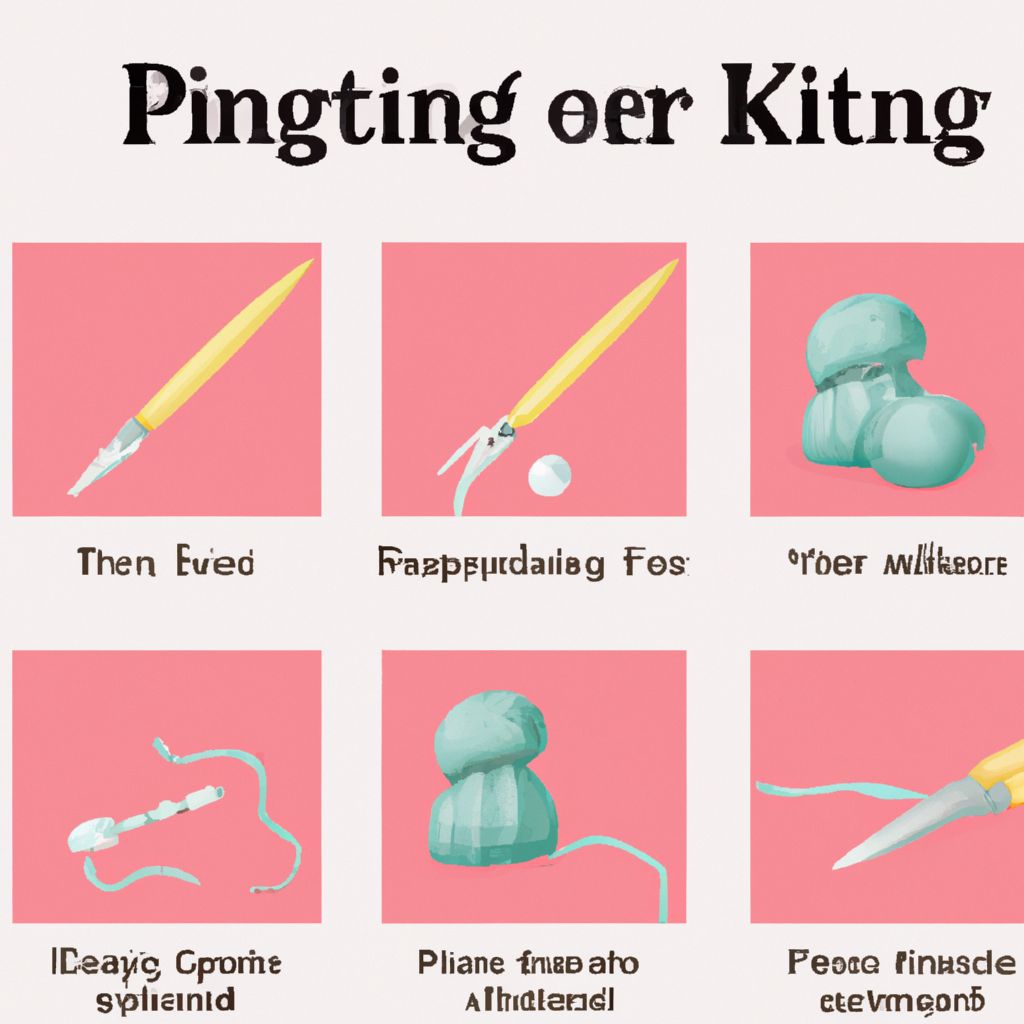
Basic Knitting Techniques
There are a few fundamental techniques that form the backbone of knitting. Mastering these basics will give you the confidence and skills to tackle any knitting project. The techniques every beginner should know are casting on, the knit stitch, the purl stitch, and casting off.
Casting On
Casting on is the first step in knitting, creating loops on the needle which will become the first row of stitches.
1. Make a slipknot on the right-hand needle.
2. Hold the needle with the slipknot in your right hand.
3. With your left hand, make a loop with the yarn and place it on the right-hand needle.
4. Pull the yarn through the loop, creating a new loop on the right-hand needle.
5. Repeat steps 3 and 4 until you have the desired number of stitches.
Knit Stitch
The knit stitch is one of the two basic stitches in knitting.
1. Hold the needle with the cast-on stitches in your left hand.
2. With the right-hand needle, insert it into the first stitch from left to right, front to back.
3. With your right hand, bring the yarn under and over the right-hand needle.
4. Draw the yarn through the stitch and slide the old stitch off the left-hand needle.
5. Repeat steps 2 to 4 for each stitch.
Purl Stitch
The purl stitch is the second basic stitch in knitting.
1. Hold the needle with the knit stitches in your left hand.
2. With the right-hand needle, insert it into the first stitch from right to left, back to front.
3. With your right hand, bring the yarn over and under the right-hand needle.
4. Draw the yarn through the stitch and slide the old stitch off the left-hand needle.
5. Repeat steps 2 to 4 for each stitch.
Casting Off
Casting off, also known as binding off, secures the last row of stitches from unravelling and gives your project a neat finish.
1. Knit the first two stitches onto the right-hand needle.
2. With the left-hand needle, lift the first stitch over the second stitch and off the right-hand needle.
3. Knit another stitch onto the right-hand needle.
4. Repeat steps 2 and 3 until only one stitch remains.
5. Cut the yarn, leaving a tail, and pull it through the last stitch to secure.
These basic techniques are the foundation of knitting. Practice them regularly, and you'll be well on your way to becoming a proficient knitter.
Advanced Knitting Techniques
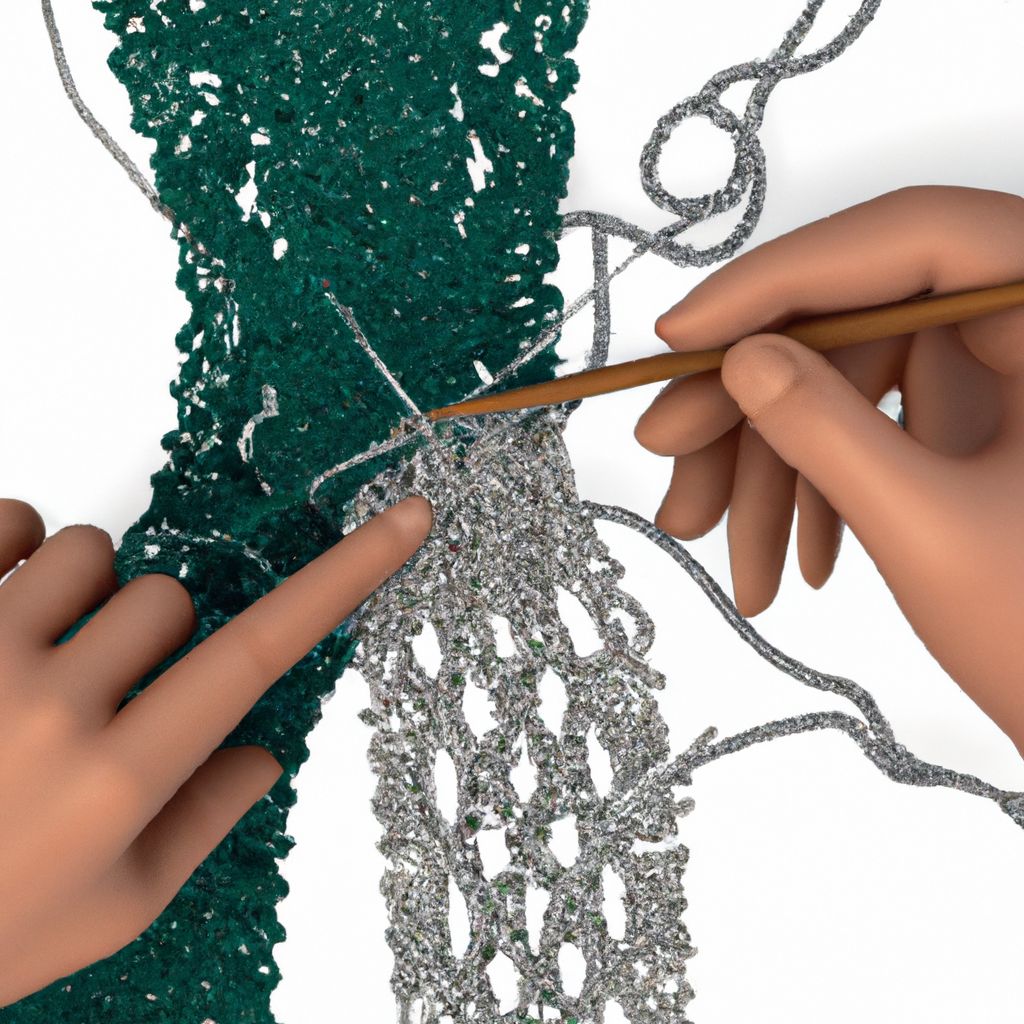
Advanced Knitting Techniques
Once you've mastered the basics of knitting, you can venture into more complex techniques. These methods allow you to create intricate designs and add visual interest to your projects. Here, we'll explore the techniques of colorwork, cables, and lace knitting.
Colorwork
Colorwork involves using two or more colors of yarn in the same row to create colorful patterns and designs. There are several methods, but we'll focus on the simplest: stripes.
1. Knit with your first color until you're ready to switch.
2. At the start of the row, simply drop the first color and start knitting with the second color.
3. Carry the yarn up the side of your work as you switch between colors.
Note: To avoid a hole or loose stitch, make sure not to pull the yarn too tight when changing colors.
Cables
Cables are twists in your knitting that add texture and depth to your projects. They may seem complicated, but they're simply a matter of rearranging the order of stitches.
1. When you reach the point of your cable, slip the next few stitches onto a cable needle.
2. Depending on whether you want a right-leaning or left-leaning cable, hold the cable needle at the back or front of your work.
3. Knit the next few stitches from your left-hand needle, then knit the stitches from your cable needle.
Lace Knitting
Lace knitting involves creating decorative holes in your knitting for a delicate, intricate look. This is typically achieved with yarn overs and decreases.
1. To make a yarn over, bring the yarn to the front of your work before knitting the next stitch. This creates a hole and adds a stitch.
2. To keep your stitch count consistent, you'll usually pair a yarn over with a decrease. For a knit two together (K2tog) decrease, knit two stitches together as if they were one.
These advanced techniques can open up a world of possibilities for your knitting projects. Take your time learning them and enjoy the process of mastering a new skill.
Knitting Tips and Tricks
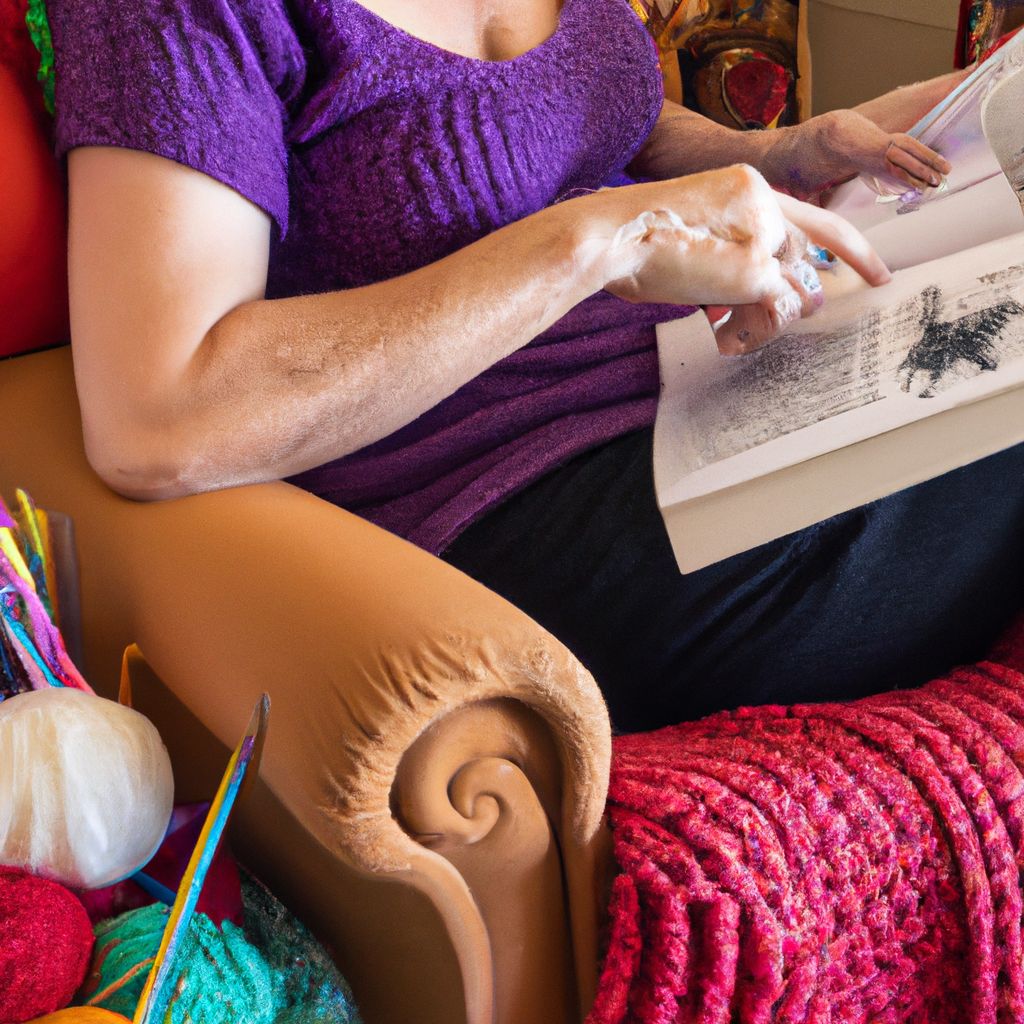
Knitting Tips and Tricks
As with any craft, there are plenty of tips and tricks in knitting that can make the process smoother and more enjoyable. Whether you're a novice or a seasoned knitter, these pearls of wisdom can help refine your skills and enhance your knitting experience.
Fixing Common Knitting Mistakes
Even seasoned knitters make mistakes, but most errors can be fixed without having to unravel your entire project.
- Dropped Stitches: Use a crochet hook to pick up the dropped stitch and "knit" it back up to the row you're currently working on.
- Incorrect Stitches: If you spot a knit where there should be a purl, or vice versa, you can correct it when you reach it on the next row. Simply knit into the back of a purl stitch, or slip a knit stitch to the next needle, bring the yarn forward, and then slip the stitch back and purl it.
Maintaining Even Tension
Keeping a consistent tension is key to neat, even stitches. Here are some tips:
- Find a Comfortable Hold:
- Experiment with different ways of holding your yarn and needles until you find a method that feels comfortable and allows you to maintain an even tension.
- Don't Pull Too Tight:
- Try not to pull your yarn too tight after each stitch. This can make your knitting stiff and your stitches hard to work into on the next row.
Choosing the Right Yarn for a Project
The yarn you choose can greatly affect the outcome of your project.
- Consider the Project: Some projects require specific types of yarn. For example, socks typically need a durable, washable yarn, while a baby blanket might call for a soft, hypoallergenic yarn.
- Read the Label: Yarn labels provide a wealth of information, including the yarn's weight, fiber content, care instructions, and recommended needle size. Make sure to read this before making your selection.
With these tips and tricks, you're well-equipped to navigate the world of knitting and create stunning, high-quality projects.
Knitting Project Ideas
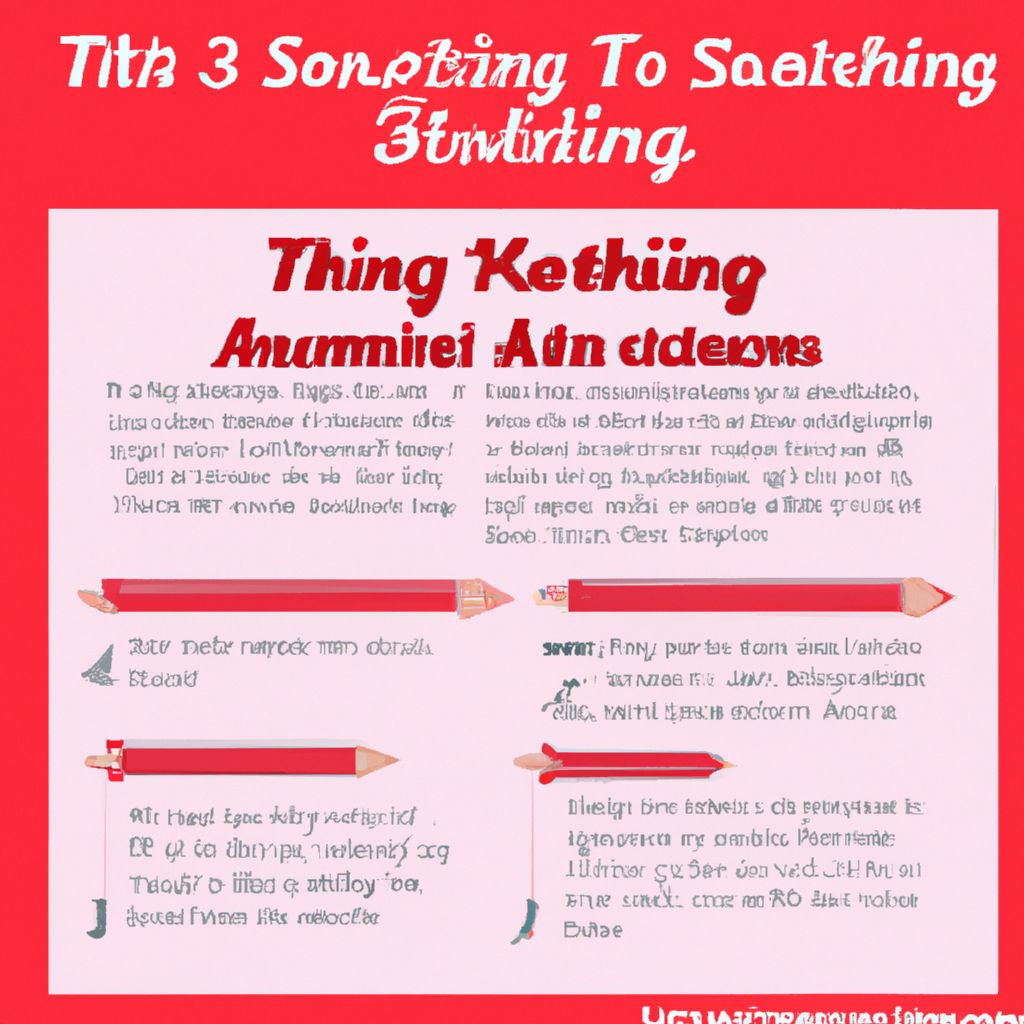
Knitting Project Ideas
One of the joys of knitting is the wide array of projects you can undertake. Whether you're a beginner just starting out, an intermediate knitter looking for a challenge, or an advanced knitter ready for a complex project, here are some ideas that might inspire you.
Beginner Projects
For those new to knitting, start with simple projects that allow you to practice the basics.
- Dishcloth: A dishcloth is a small, quick project that's great for practicing basic stitches. Plus, it's a practical item you can use in your home.
- Scarf: A scarf, particularly one knit in the garter stitch, is an excellent beginner project. You can focus on maintaining even tension and consistent stitches.
Intermediate Projects
If you're comfortable with the basics and ready to learn new techniques, these projects are for you.
- Knitted Hat: A knitted hat will introduce you to knitting in the round, a technique used in many knitting projects. You can also practice decreasing, which is necessary for shaping the top of the hat.
- Baby Blanket: A baby blanket provides a larger canvas for practicing stitches and trying out simple colorwork. Plus, it makes a lovely gift.
Advanced Projects
For experienced knitters, these projects offer the chance to showcase your skills and challenge yourself.
- Sweater: Knitting a sweater involves a variety of techniques, including increases, decreases, seaming, and possibly picking up stitches. It's a big project, but the result is a custom-made garment you can be proud of.
- Lace Shawl: A lace shawl is a beautiful, intricate project. It requires careful attention to a lace chart and the ability to execute a variety of complex stitches.
Remember, every knitter was once a beginner, and every project is an opportunity to learn and grow. So choose a project that excites you, and happy knitting!
Resources for Further Learning
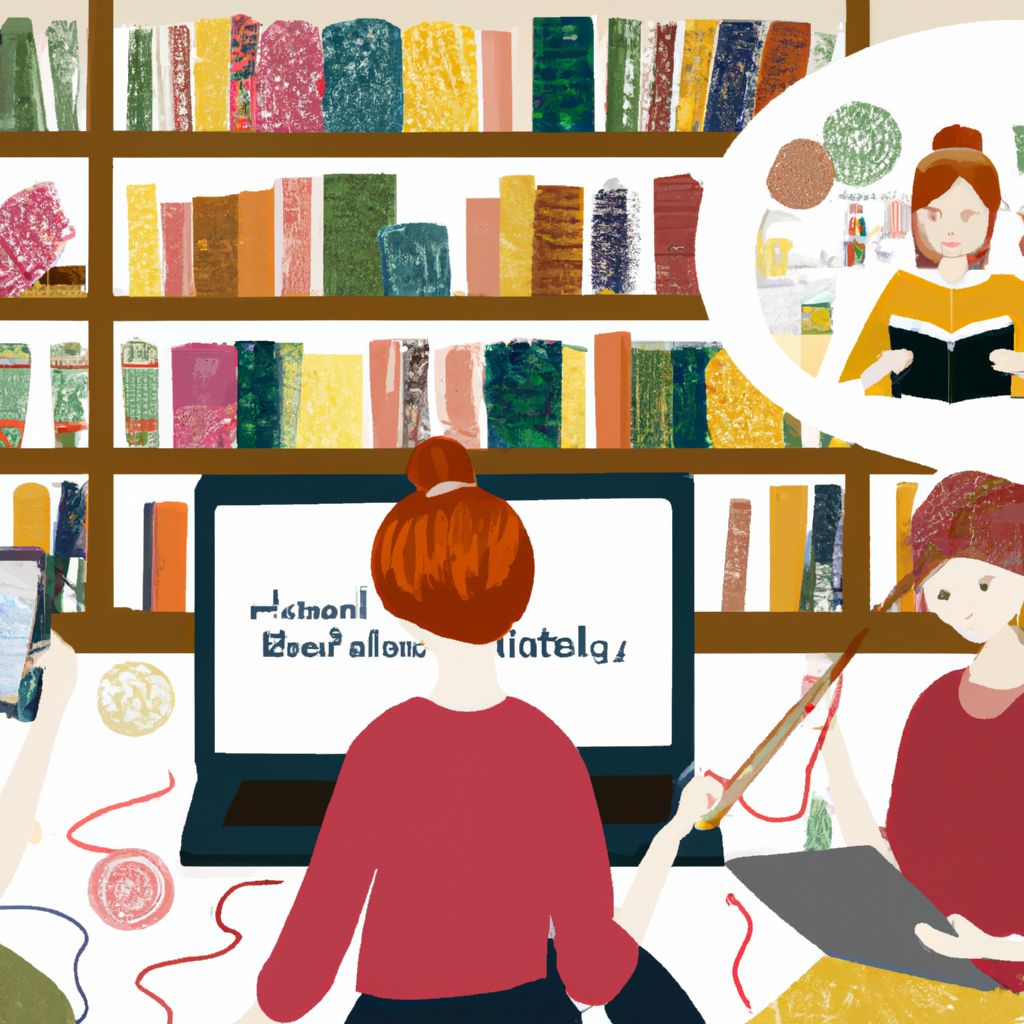
Resources for Further Learning
If you're looking to broaden your knitting knowledge and skills, there are countless resources available. Here are a few recommendations to aid your knitting journey.
Books
- "The Knitter's Book of Knowledge" by Debbie Bliss: This comprehensive guide covers everything from the basics to more advanced techniques.
- "Vogue® Knitting The Ultimate Knitting Book:" This is a knitting bible for beginners and experienced knitters alike, filled with easy-to-follow illustrations and instructions.
Online Courses
- Craftsy: This platform offers a range of knitting classes for all levels, taught by experienced instructors.
- MasterClass: Renowned knitter Alice Starmore offers a MasterClass on knitting techniques for both beginner and experienced knitters.
YouTube Channels
- VeryPink Knits: This channel offers a plethora of knitting tutorials, from the basics to more complex techniques.
- New Stitch a Day: This channel features daily knitting stitch tutorials, perfect for expanding your stitch repertoire.
Knitting Communities
- Ravelry: This is a free site for knitters and crocheters. It's a great place to find patterns, join knitting groups, and get advice from other knitters.
- Knitting Paradise: This online forum allows you to connect with fellow knitters, ask questions, and share your projects.
Remember, every knitter's journey is unique, and it's okay to learn at your own pace. Don't be discouraged by mistakes - they're just opportunities to learn. Happy knitting, and enjoy the journey!


